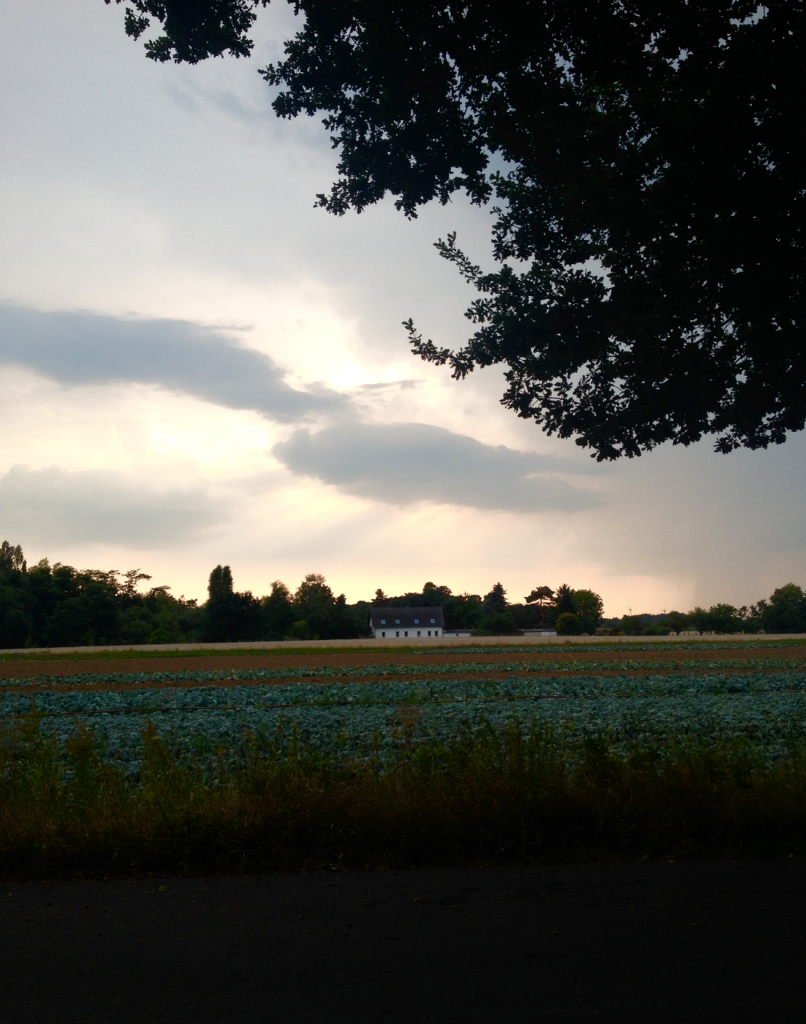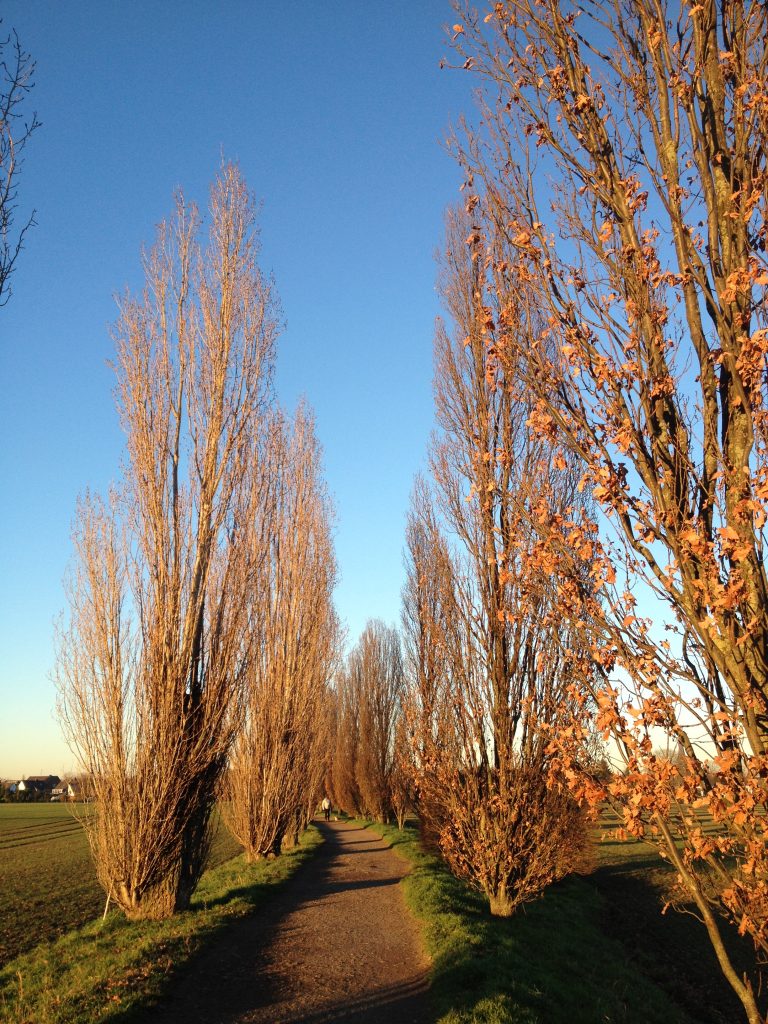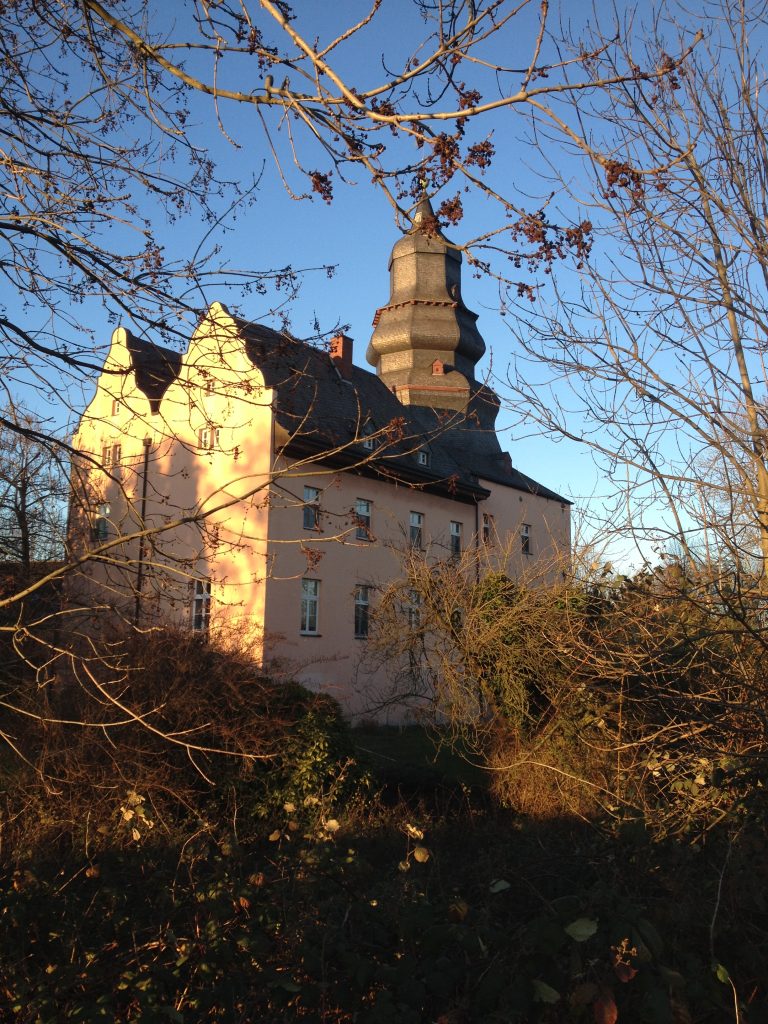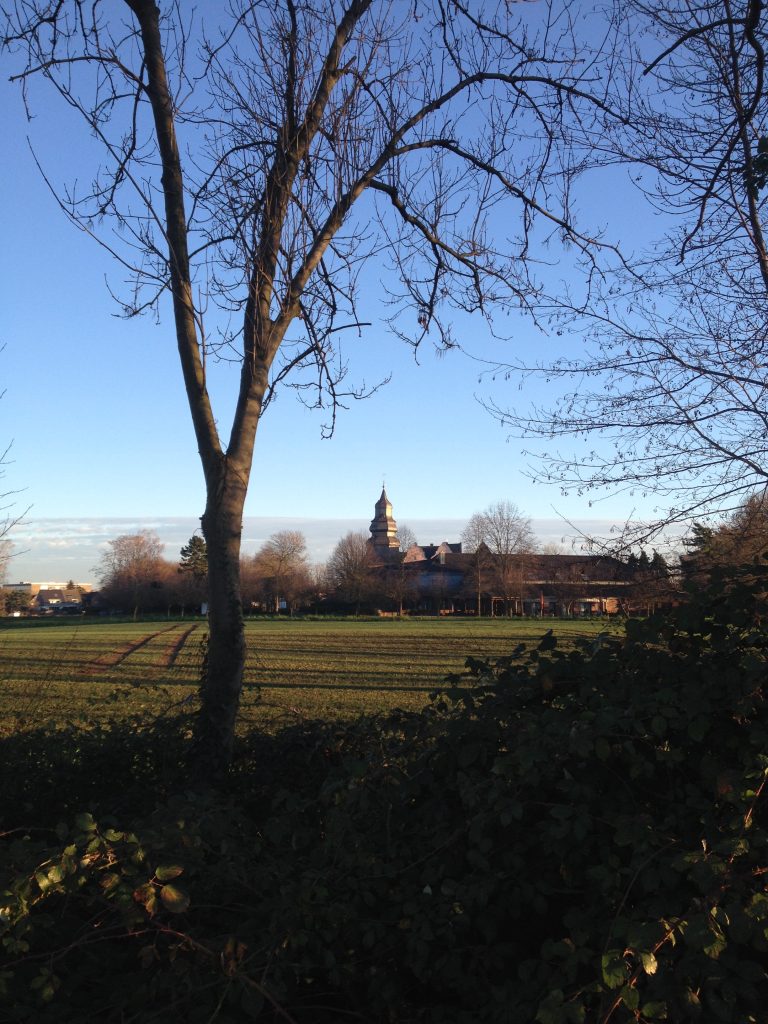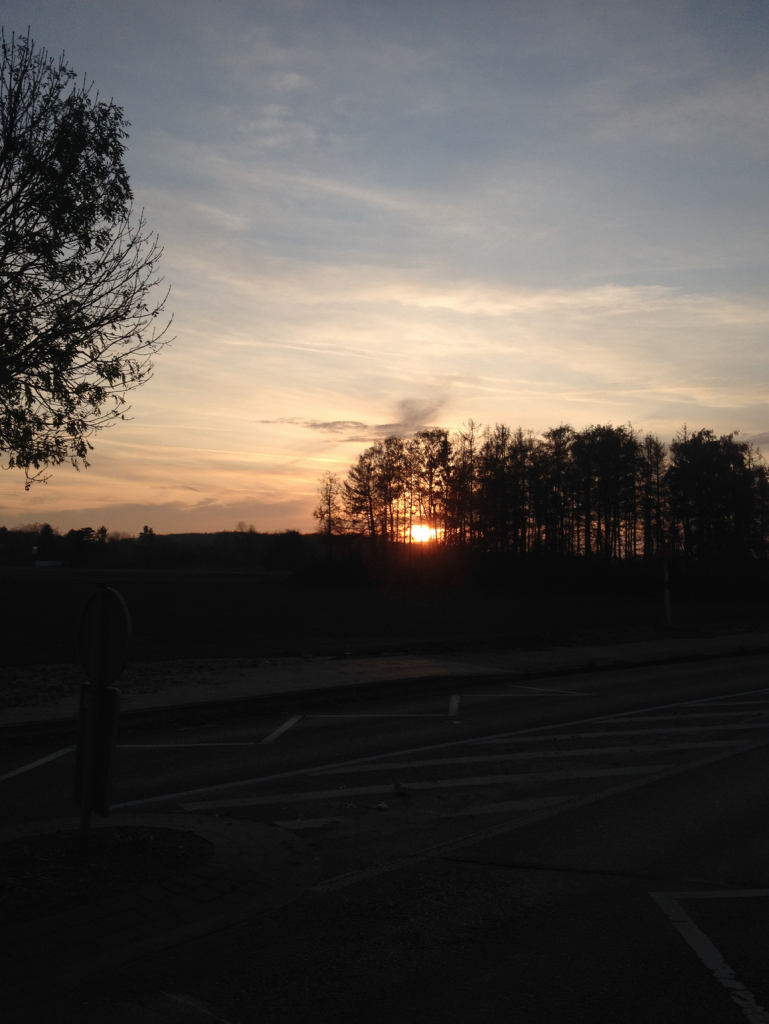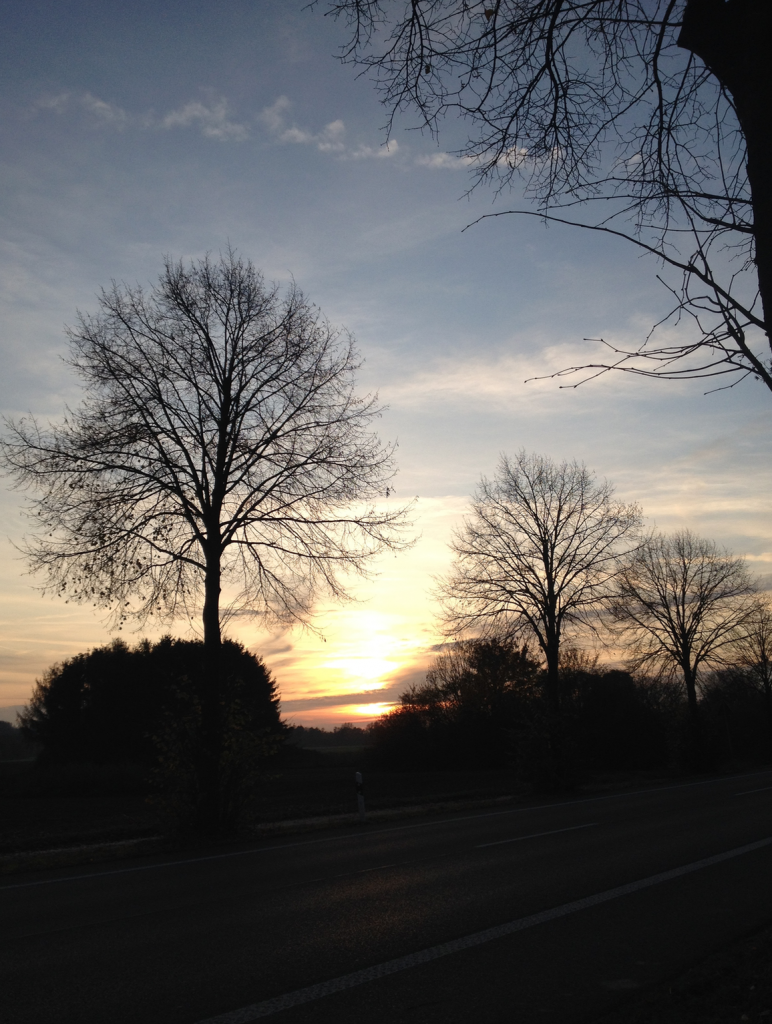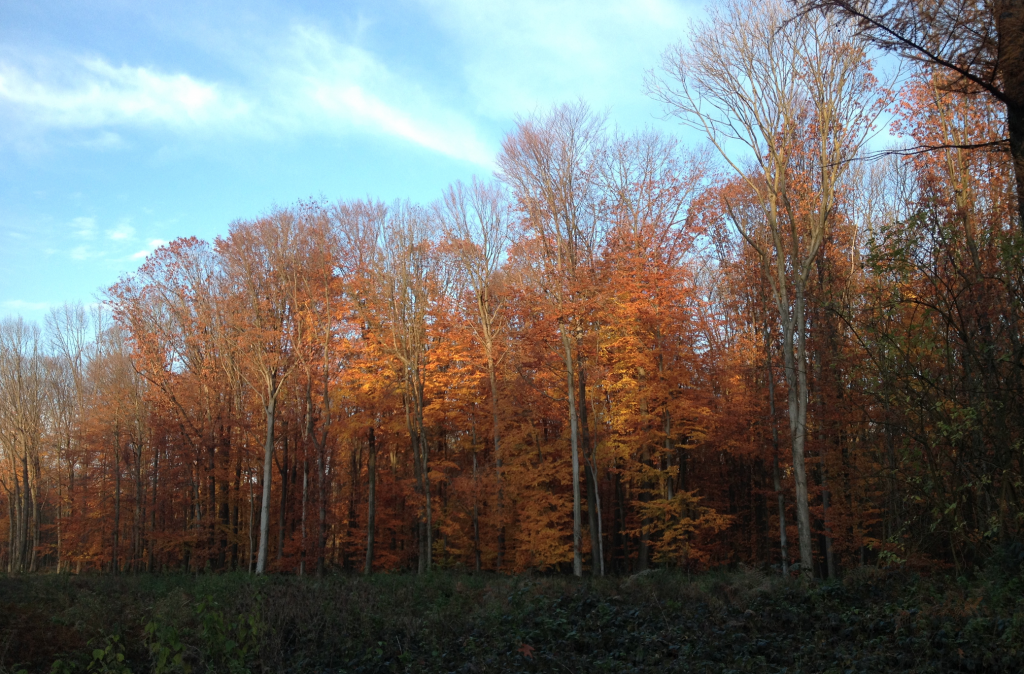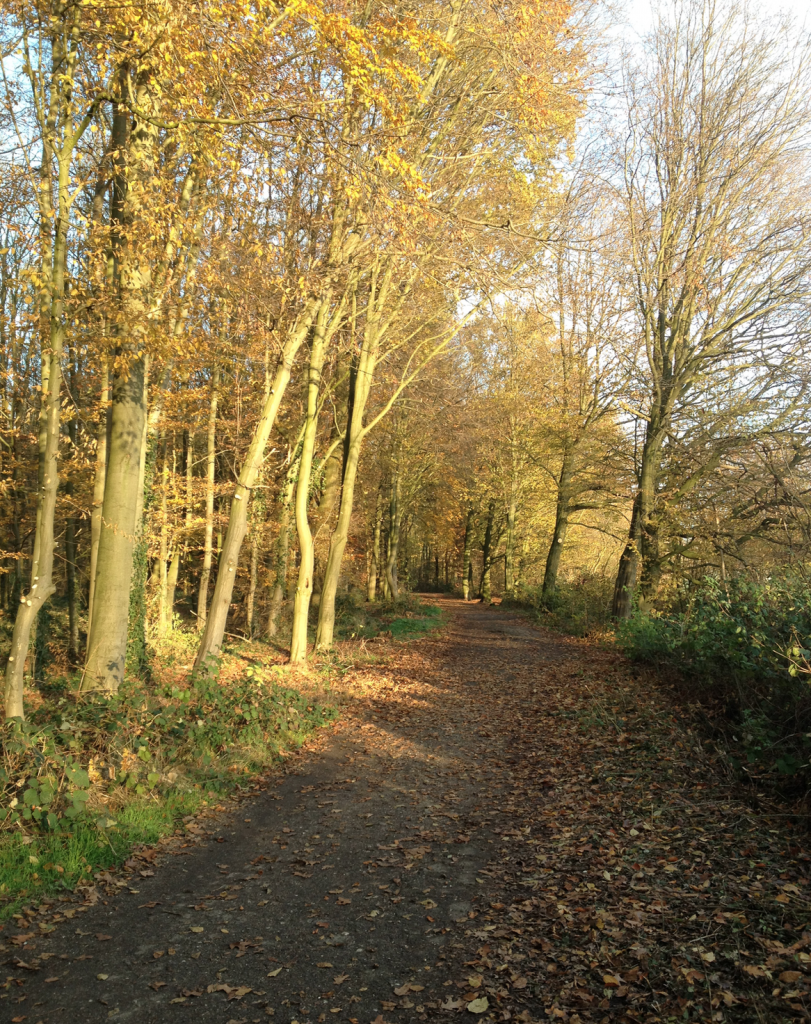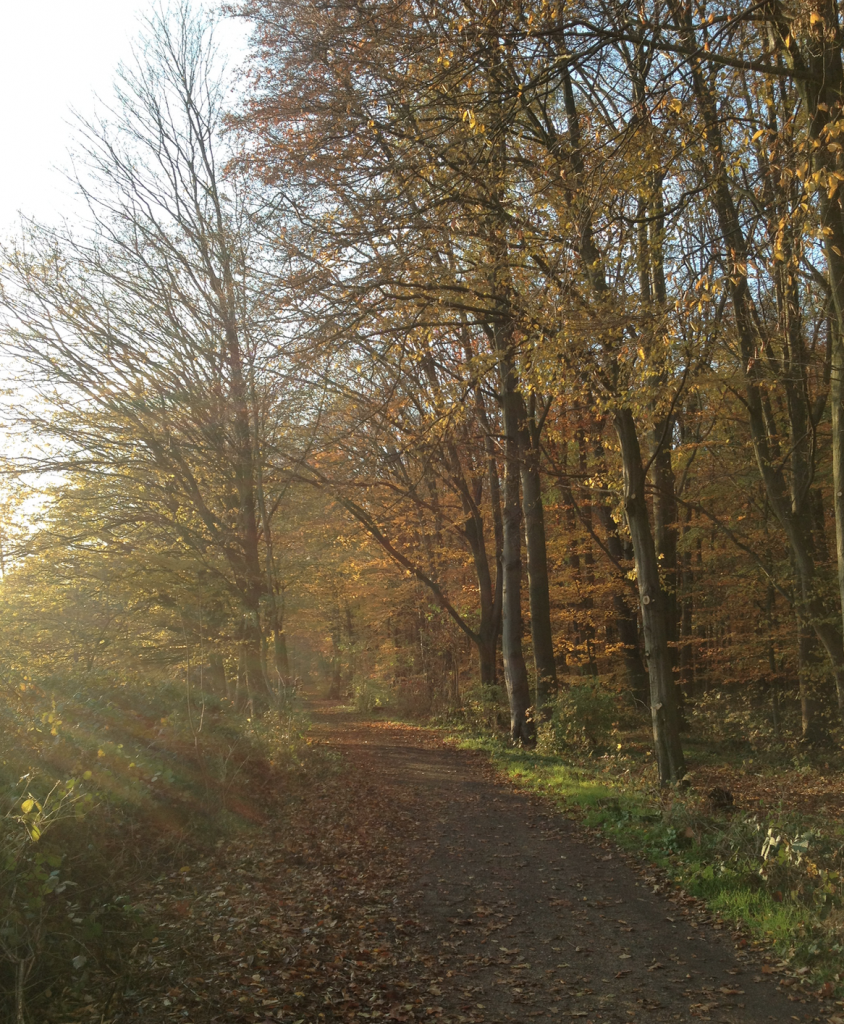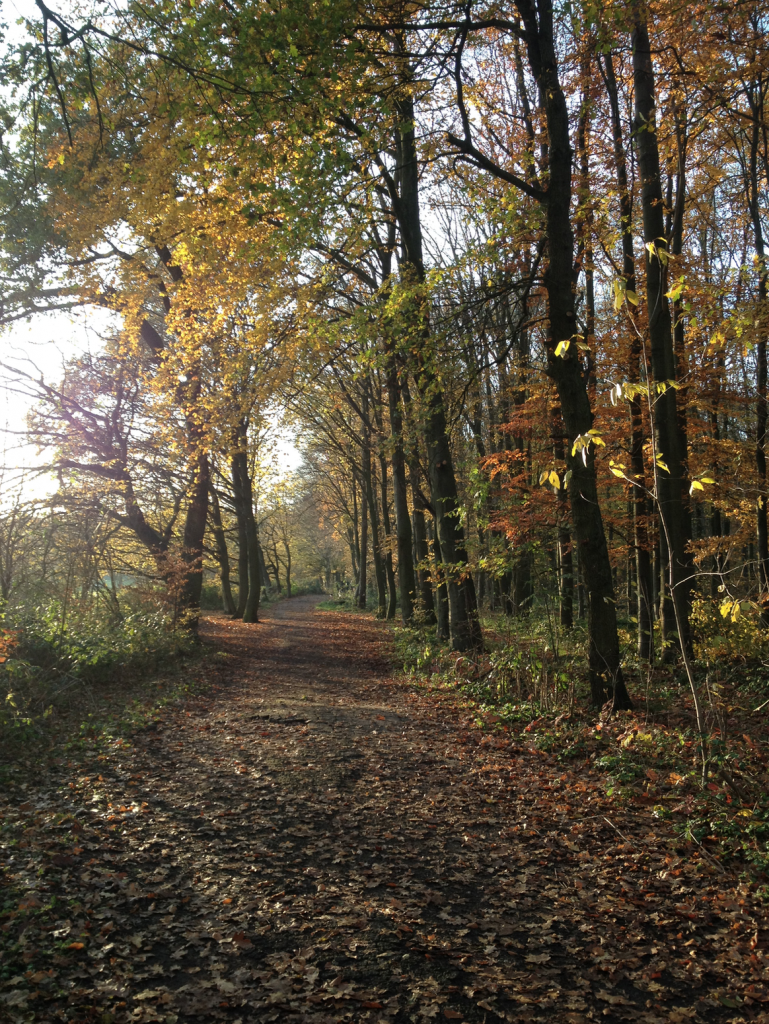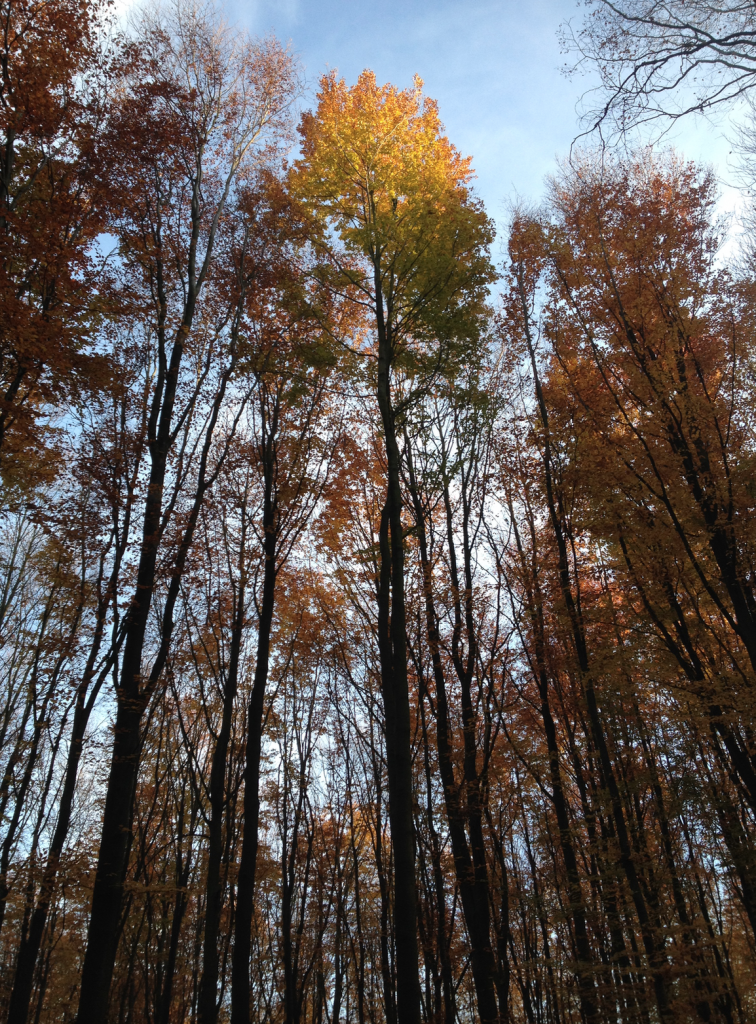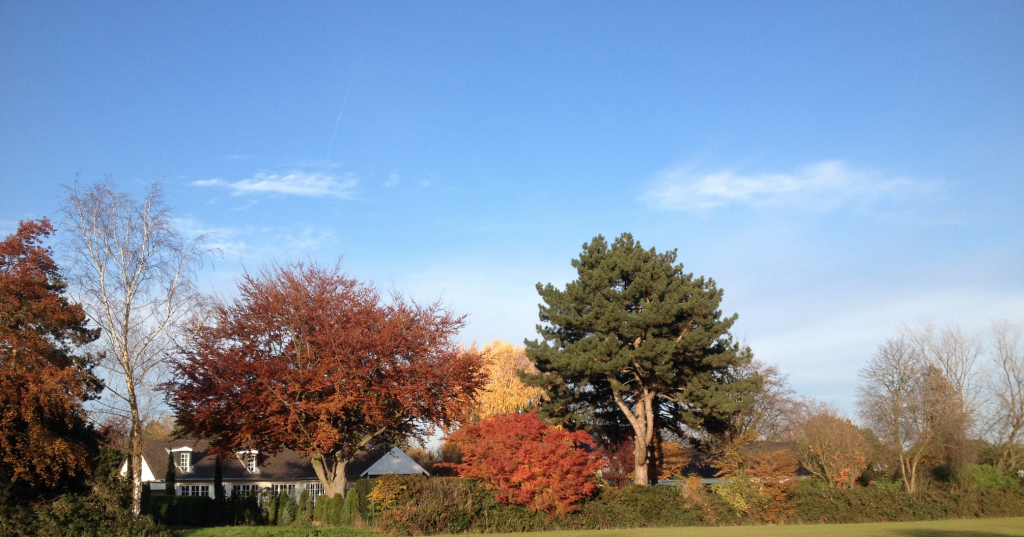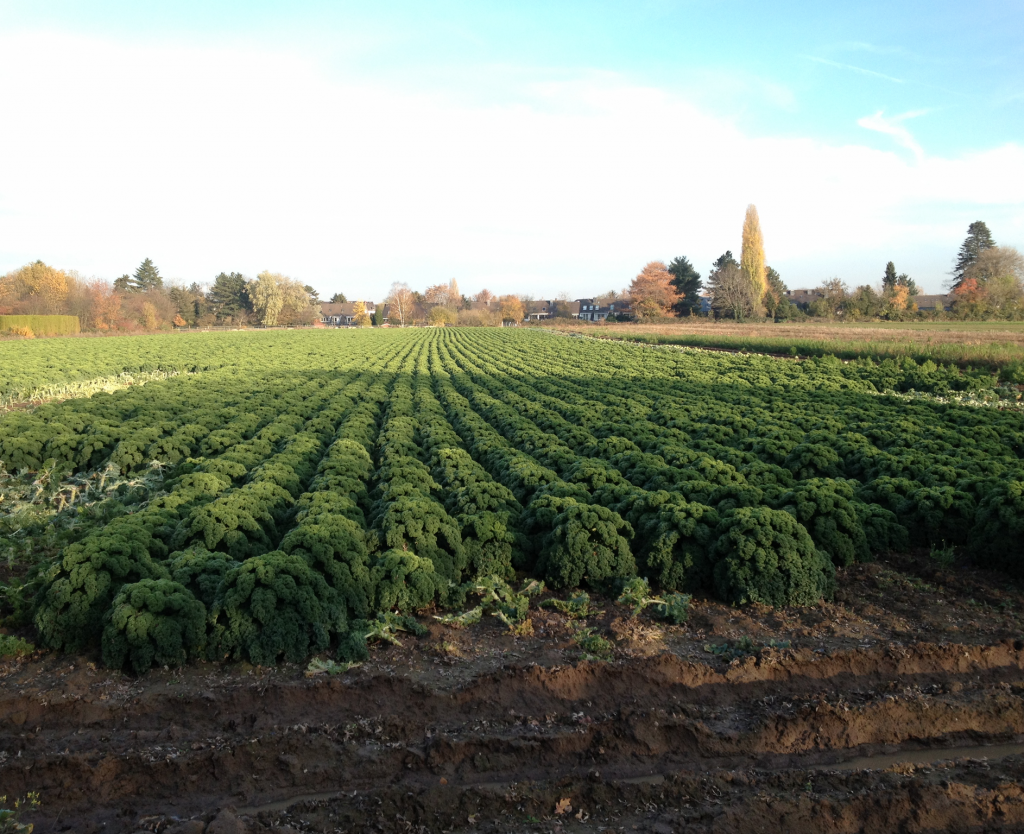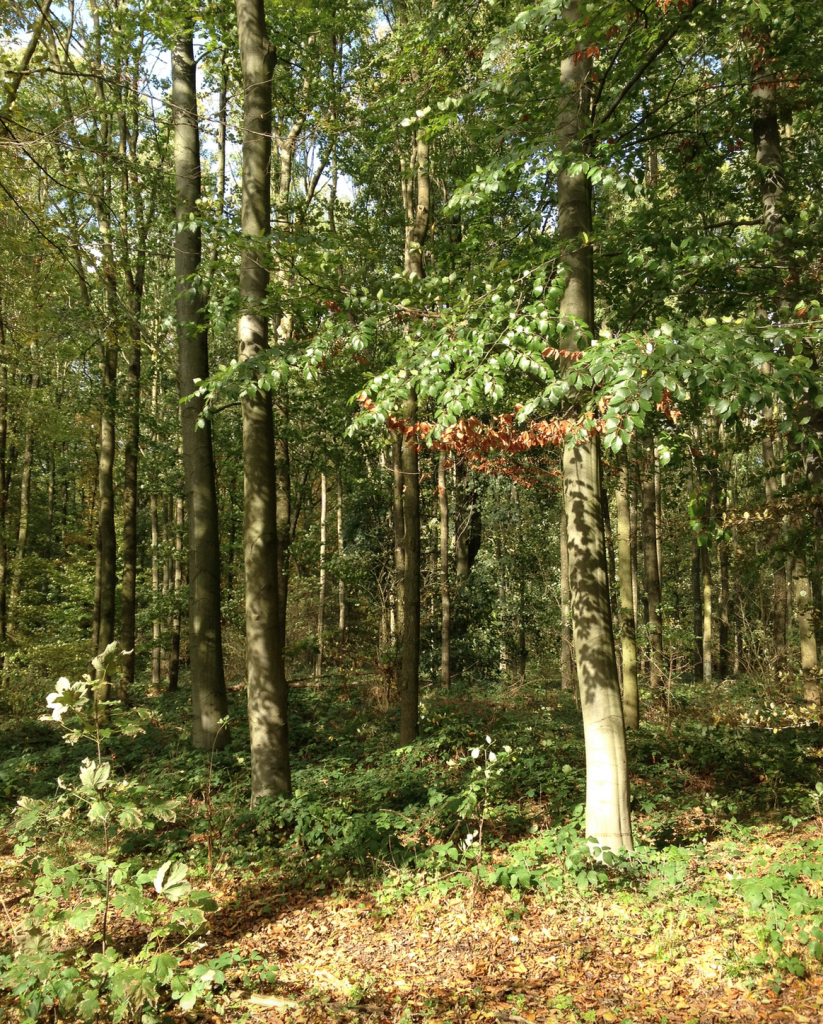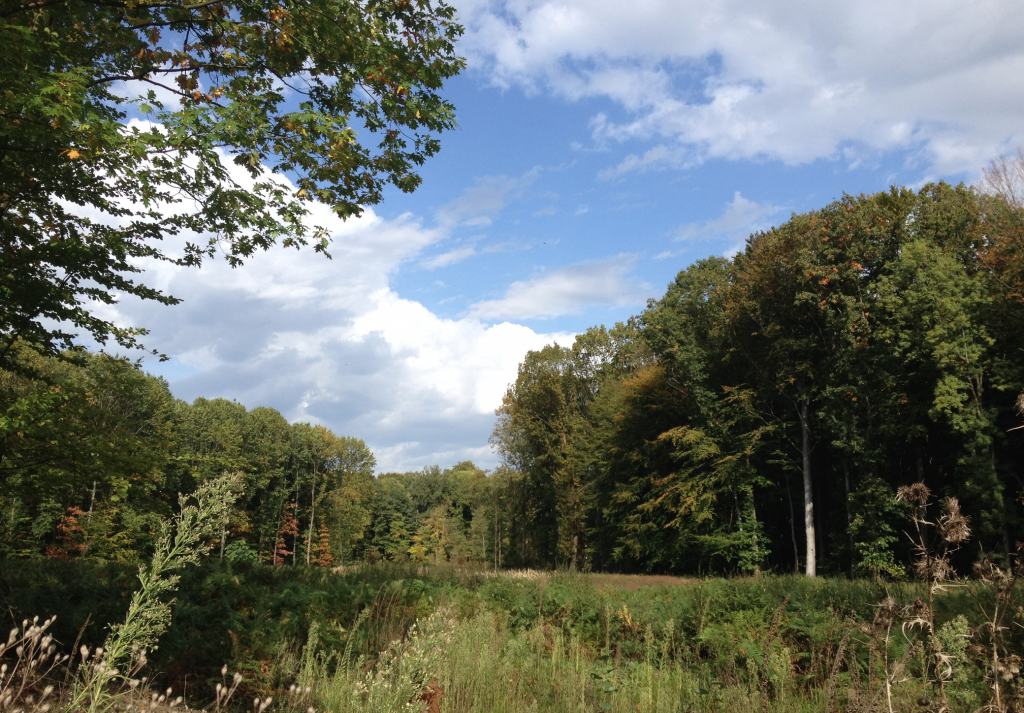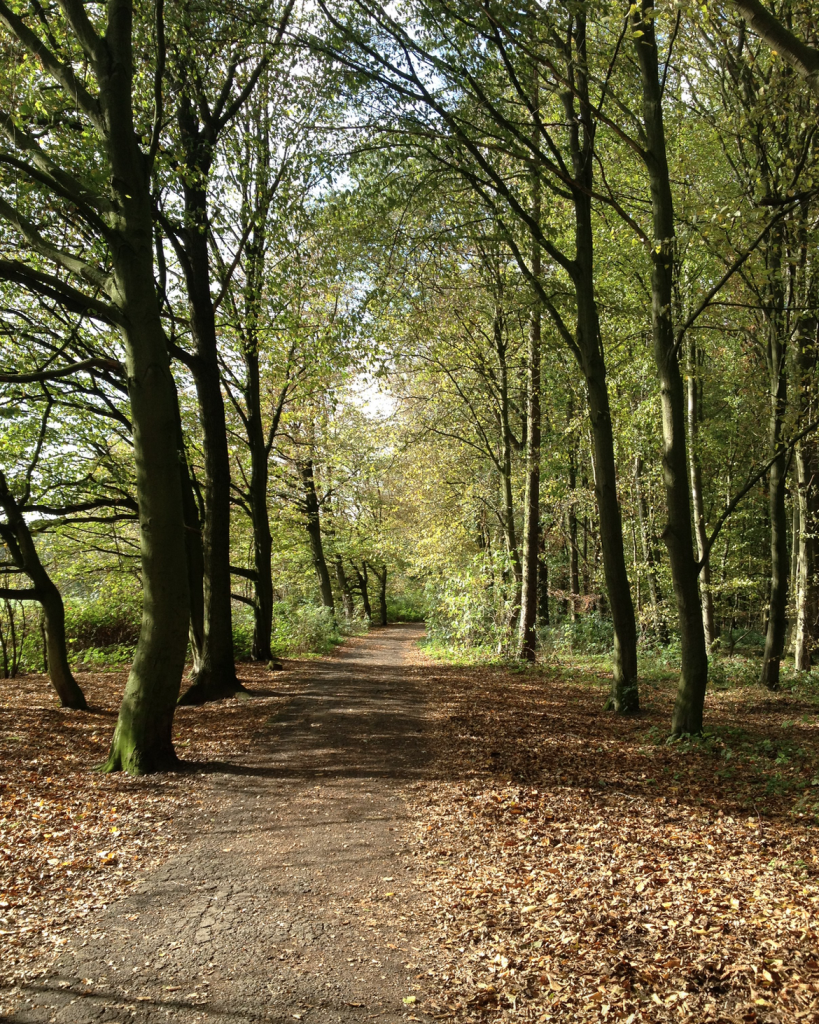Including so many of the locations from The Devil’s Missal and The Devil’s Progeny.
Büderich
Winter days in the Rhineland
Meerbusch Büderich
Autumn in Meerbusch
A selection of views of Meerbusch taken today.
Giant toads in Meerbusch?
There is a road sign behind the golf course, near Bauer Berrisch’s farm which always makes me imagine giant toads hopping out of the woods.
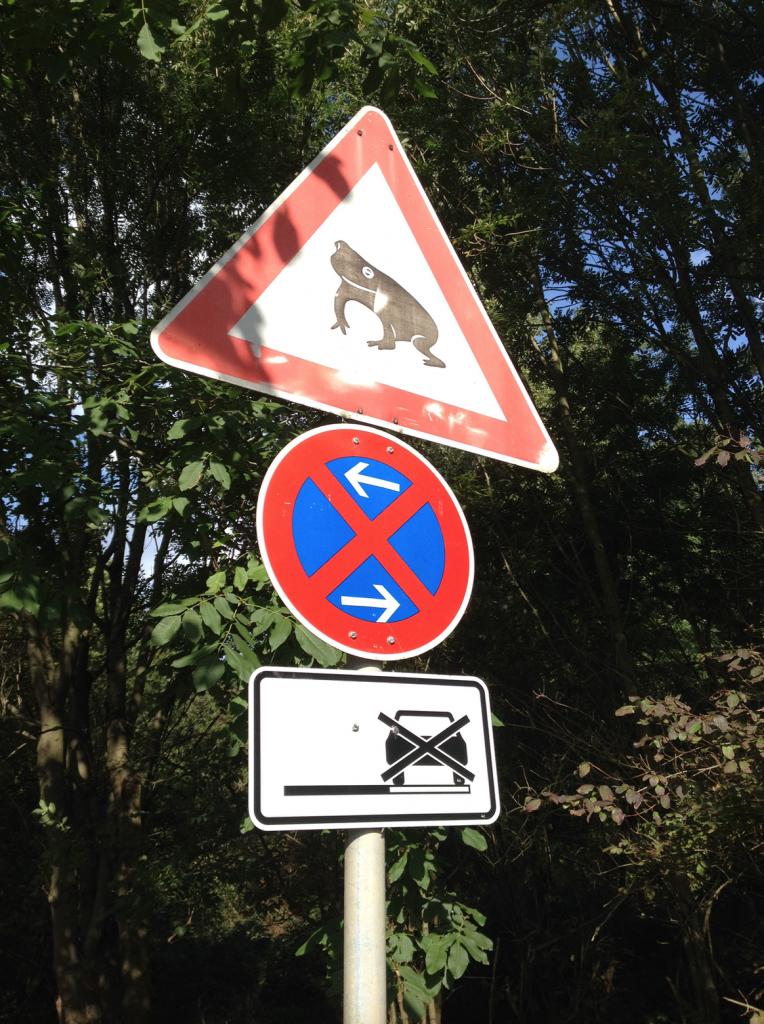
A good year for sloes in Meerbusch
A little tip to anyone living in or around Meerbusch. It seems to be a very good year for sloes. These are a native form of wild plum, quite bitter, but when combined with gin and sugar makes a magical concoction called sloe gin.
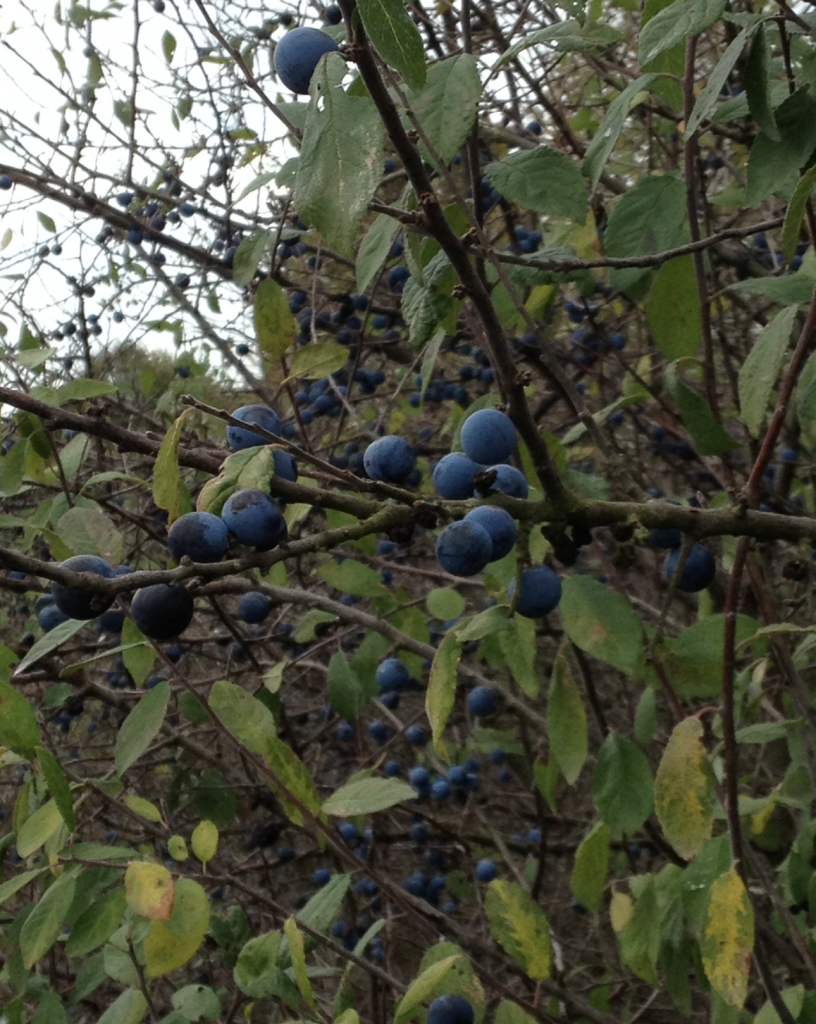
The German term for the bush is Schwarzdorn, so called because in spring the flowers appear before the leaves, so the bushes are black prickly twigs covered with white flowers.
A walk in the Meerbusch woods
Meerbusch boasts a fantastic Stadtwald or public forest which is open to everyone to walk in. It is a mixed forest with quite a variety of deciduous (beech, oak, sycamore) and evergreen (pine) trees.
Sadly Meerbusch has been suffering, like so much of Germany, with a combination of extreme weather and airborne disease which in particular is affecting the pines. Wherever you look it seems that the evergreens are dying off.
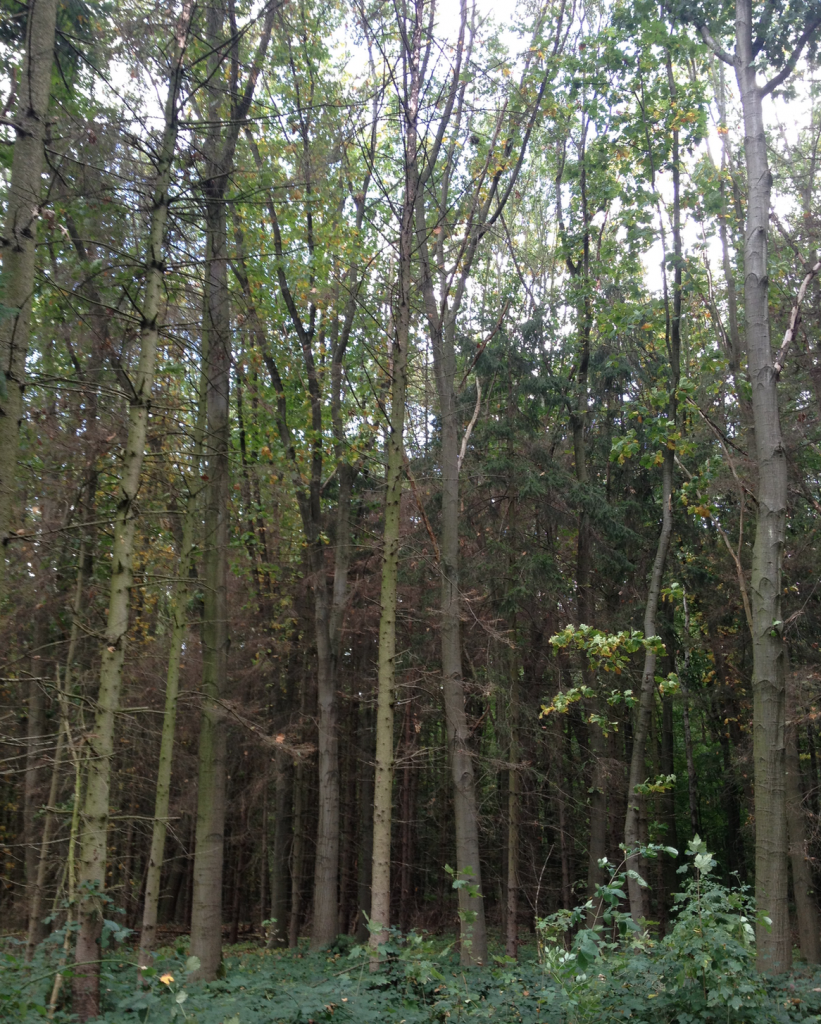
Let’s hope that enough survive to provide the foundation of new growth in the future.
Meerbusch
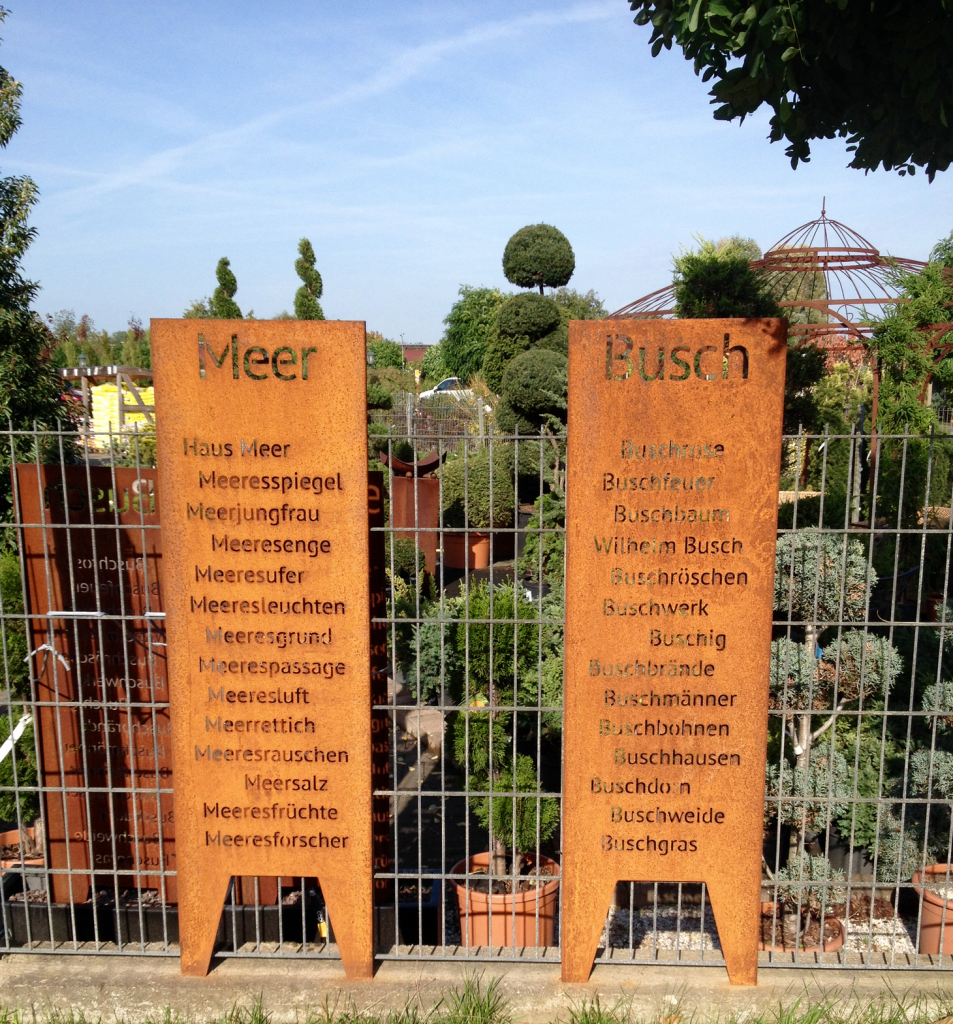
A four hour journey from Pempelfort to Krefeld
One of the sources I used while writing The Devil’s Missal was the journal of Steven Jan de Geuns, a Dutch academic who travelled extensively through Germany in the company of Alexander von Humboldt, passing through Meerbusch on 26th October 1789.
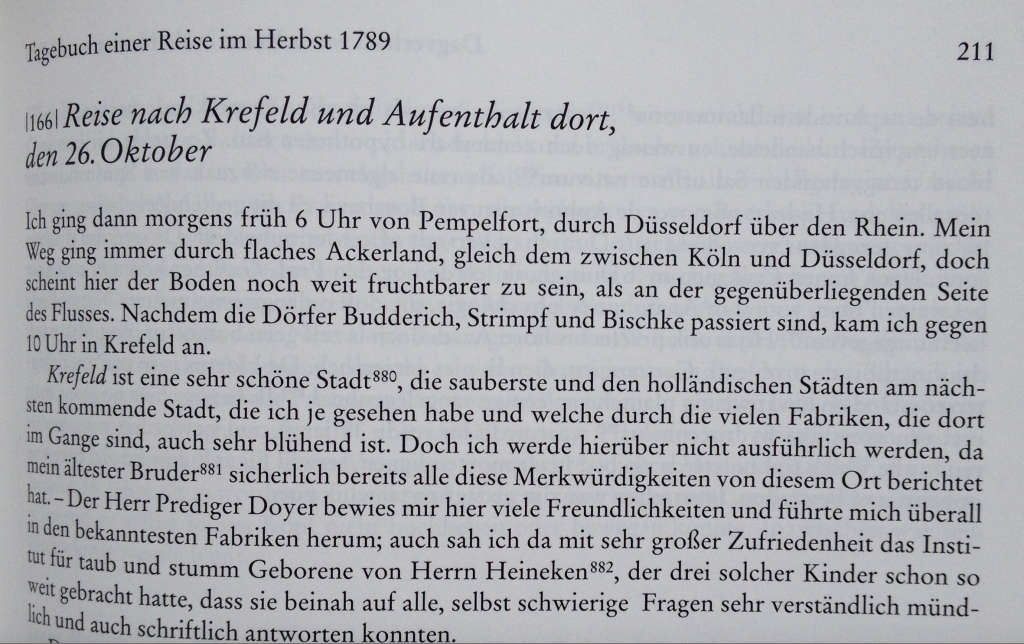
De Geuns waxed lyrical about Krefeld, calling it a beautiful city, clean and the closest to a Dutch city that he had seen (being a Dutchman himself, presumably this was high praise). His sightseeing tour of the city appears to have consisted of a tour of several factories. Meerbusch is mentioned only as consisting of fertile agricultural land. Which sounds about right for the period.
Ewald Mataré – one of Meerbusch’s finest artists
One of the most famous sons of Meerbusch was Ewald Mataré (1887 – 1965) – a renowned sculptor and artist. Alongside his famous fountain which sits next to the station at Landsknecht, he is also honoured as the namesake of the Mataré Gymnasium, the grammar school in Meerbusch.
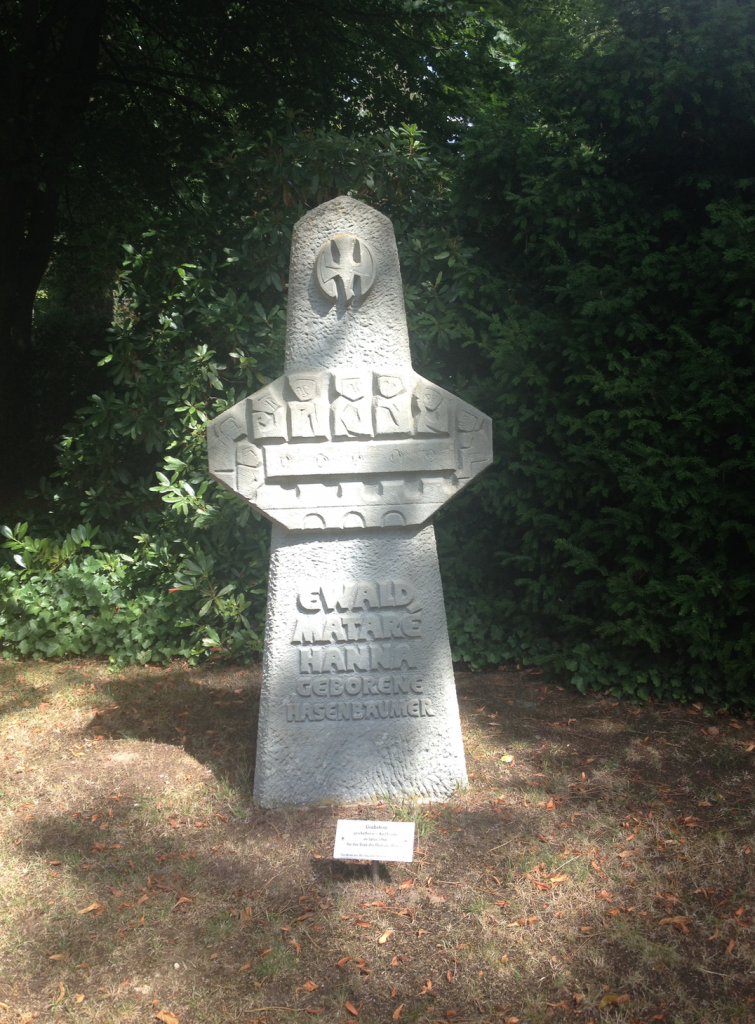
View from the Eisenbrand yesterday evening
The weather here tends to approach from the west. Yesterday around dusk a storm was approaching, which made for beautiful skies over the cabbage fields, when I walked out briefly to post a letter.
